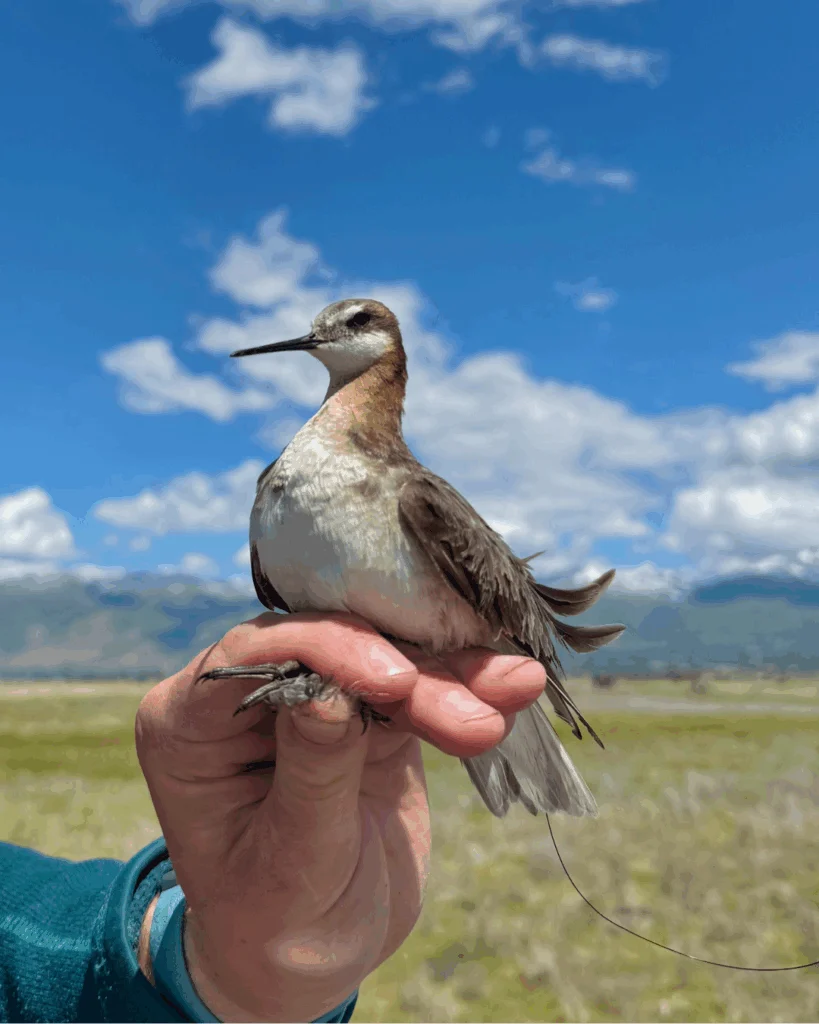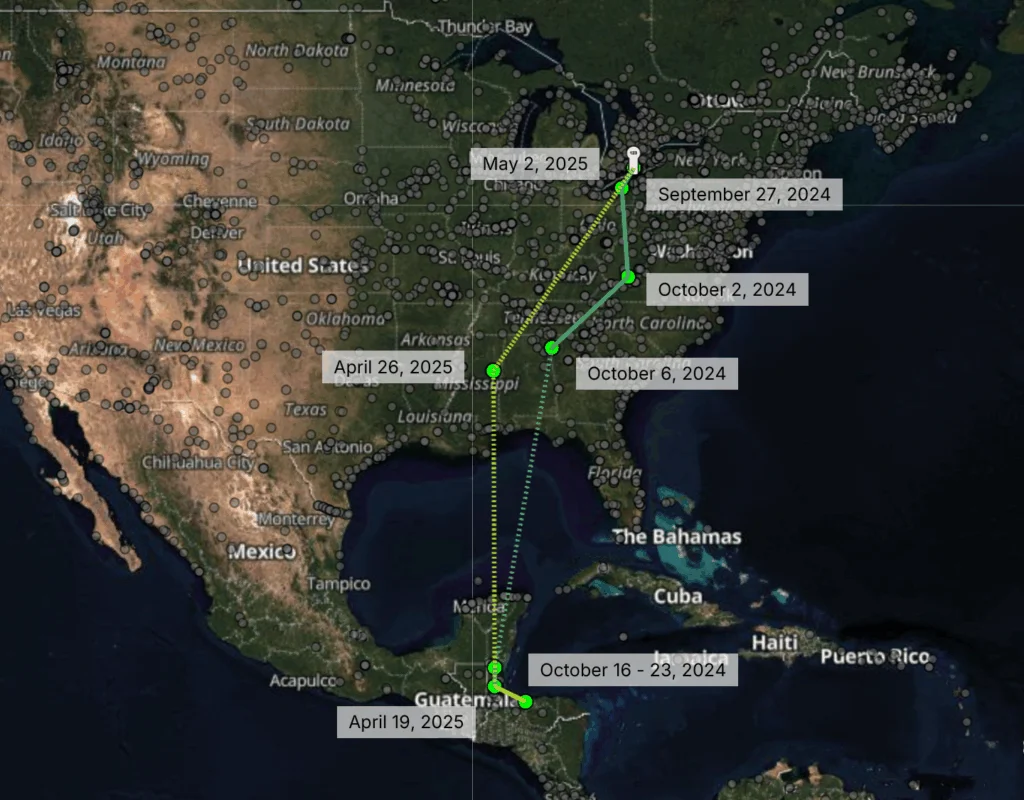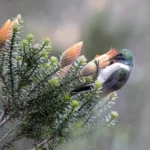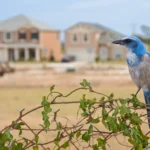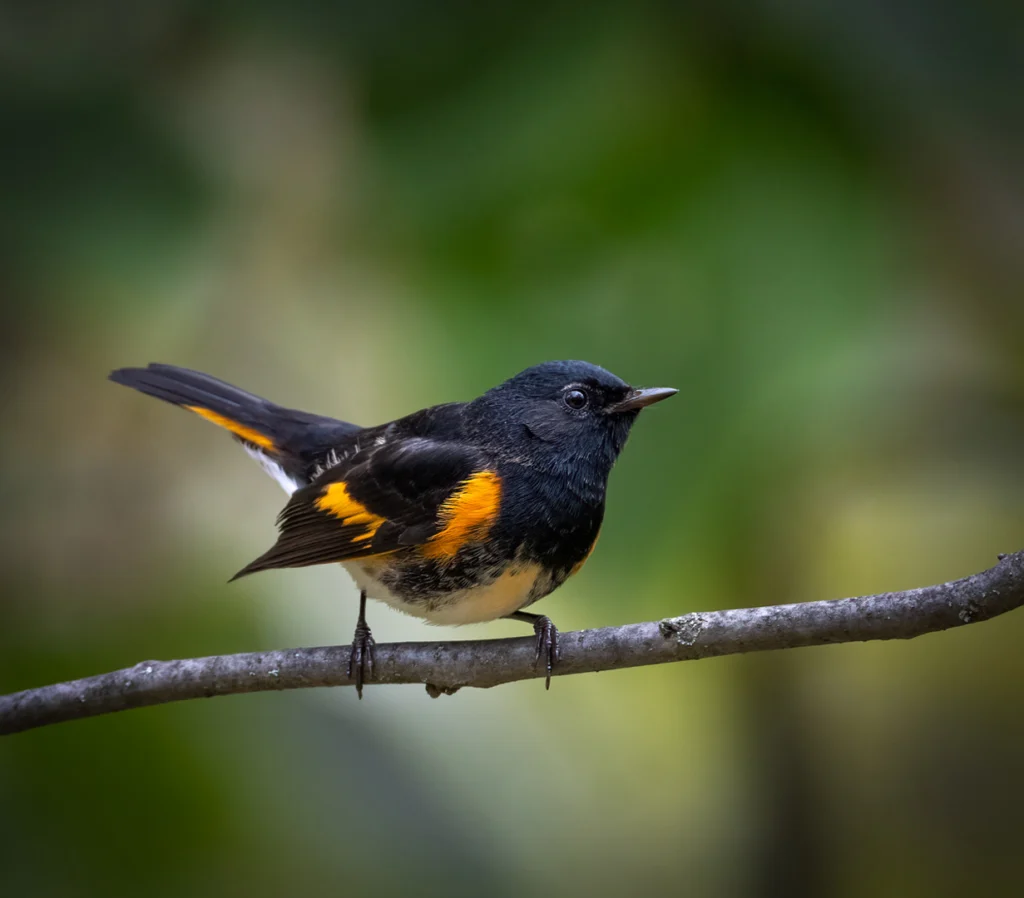After being tagged in mid-June 2024 near Great Salt Lake, Mateo spent the next two months in Utah. On August 16, he was detected at Badger Island on the lake, took off toward the southeast, and nearly 33 hours later, he pinged a Motus station at Sargent, Texas, near the Gulf coast south of Houston. His trip covered more than 1,270 miles at an average speed of 39 miles per hour!
It’s unknown when he made it to Argentina, but in January and February 2025, he was near Mar Chiquita, a saline lake in the central part of the country. When the time came to migrate north, a Motus station in Guatemala picked up his signal on May 4; two days later, he passed Roma, Texas, in the Lower Rio Grande Valley. Later that month, a station north of Denver, Colorado, detected him, and on May 22, he arrived near where he started, at the Great Salt Lake Shorelands Preserve.
The bird’s story is one of thousands that have been uncovered thanks to Motus. To put Motus into context, let’s consider humans’ long history of trying to understand birds’ seasonal movements. The recognition that birds migrate can be traced back at least 3,000 years, when Polynesians observed birds as they moved between islands in the vast Pacific. And for at least 275 years, western science has been working to understand the where, when, why, and how of avian migration.
We’ve learned a lot, of course, through banding birds and tracking them through radio and satellite telemetry, and by studying how various species use Earth’s magnetic field, the sun, the stars, and environmental cues to find their way. As bird populations have declined worldwide, migration studies have become more critical for conservationists as they work to preserve the places birds need during breeding, migration, and nonbreeding seasons.
Thanks to the advent of Motus, scientific knowledge about migration has increased in finer and finer details than was previously possible. In its first 11 years, Motus, which takes its name from the Latin word for movement, has revealed new information about dozens of bird species (as well as bats and insects).
“Motus is helping us close one of the biggest knowledge gaps in bird conservation — what happens to small migratory birds between breeding and nonbreeding parts of their life cycle,” said Adam Smith, the U.S. Motus Director and an ABC staffer. “For the first time, it has allowed us to track small species unable to carry larger tracking devices, such as satellite or GPS tags, and across entire continents — or even the hemisphere for some species.
“We know that many migratory birds are declining, but it has been incredibly challenging to figure out why for many of them, because we’ve been unable to follow them across their full annual cycle. That’s what Motus is changing. It’s not a silver bullet, but it’s a powerful tool to see the otherwise invisible threads that connect a species’ breeding, migratory stopover, and nonbreeding locations, and everything in between. Seeing those previously invisible connections helps us to identify risks, understand population connectivity and trends, and make more informed decisions to manage and conserve species across their full life cycle.”

